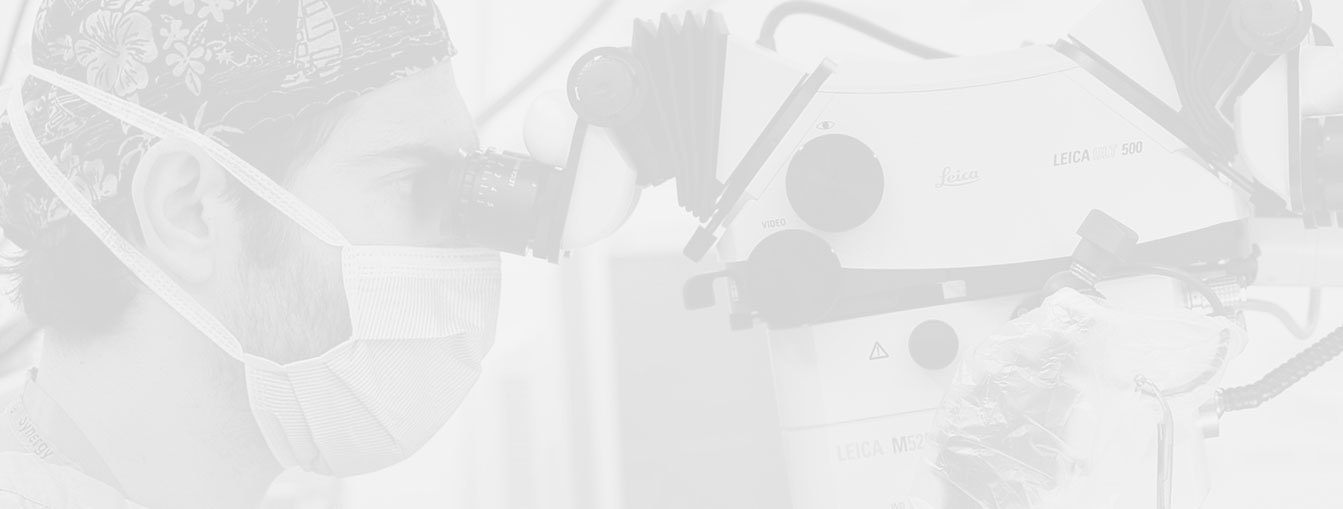

ALTERNATIVE DONOR SITES usable in postmastectomy reconstruction with autologous tissues:
There are other types of free flaps that can be used for breast reconstruction but they require more skills and experience, with a greater risk of failure. They are reserved for those occasions in which conventional techniques are considered inappropriate: for example, they are indicated in the case in which the tissues at the abdominal and dorsal level are insufficient, already used or unusable due to a previous intervention that has damaged the vascular peduncles, or if the patient refuses the presence of scars at the level of the aforementioned donor sites.
The possible options for breast reconstruction with free flaps are:
Transverse lateral thigh flap (LTTF)
Myocutaneous superior transverse flap of gracilis (TUG)
Rubens periliac fat pad flap
Anterolateral thigh flap (ALT)
Free flap of contralateral Great Dorsal
TRANSVERSE SIDE FLAP of THIGH:
It represents the horizontal variant of the more common myocutaneous flap of tensor fascia lata based on the lateral circumflex artery of the femur which perforates the muscle approximately 10 cm inferior to the anterior superior iliac spine. This flap is largely composed of fat from the superolateral thigh prominence and is based on the belly of the fascia lata tensor muscle or the myocutaneous perforators of the same. The amount of skin that can be included is limited to a height of 6-8 cm, relative to the possibility of direct closure of the donor site. The maximum length of the skin island reaches 25 cm and the length of the peduncle is about 6-9 cm.
Advantages:
- presence of a relatively long vascular peduncle arranged in a peripheral position;
- the excellent vascularization of the flap
- the intrinsic good projection
- easier dissection than that of the flaps of the gluteal region without the need for patient repositioning which leads to a reduction in the morbidity of the donor site and a faster postoperative course.
Disadvantages:
- the presence of an island of skin that is smaller than that of the abdominal flaps
- the position of the scars of the donor site, with a defect in the body profile that often requires a subsequent liposuction and revision of the contralateral side in cases of unilateral breast reconstruction
- postoperative seromas are common
FLAP of RUBENS PERIILIAC ADIPOSE PAD
This flap exploits the common periiliac fat deposit located in the flank above the iliac crest and constitutes a second choice flap for breast reconstruction. The tissues are perfused by the myocutaneous perforators of the deep circumflex iliac artery and are still available after an abdominoplasty or a TRAM flap.
Advantages:
- easy patient positioning
- the length of the peduncle and the caliber of the vessels
- acceptable outcomes at the donor site level.
Disadvantages:
- difficult closure of the donor site
- possibility of formation of postoperative hernias
- need for contralateral symmetrization in the case of unilateral breast reconstruction
FLAP of GRACILE TRANSVERSE UPPER (TUG)
The TUG flap is the free variant of the vertical myocutaneous flap. It is a musculocutaneous flap obtained in the inner part of the thigh, just below the inguinal fold, whose vascular peduncle consists of the ascending branch of the femoral circumflex artery with its two committing veins.
Advantages:
- possibility of setting up a flap in the supine position with a double team approach
- a morphologically negligible and functionally null defect at the donor site
- the potential for reinnervation of the flap through the sensory branch of the obturator nerve
- the possibility of carrying out a bilateral reconstruction
- ease of remodeling of the breast flap
Disadvantages:
- the shortness of the peduncle that penetrates the center of the flap which forces the packaging of the microanastomoses with the internal mammary vessels
- the reduced diameter of the committing veins
- the reduced height of the skin ellipse
- the volumetric limit (in comparison, for example, to the abdominal flaps)
This flap is indicated for the reconstruction of small or medium-sized breasts in patients with wide hips and thighs therefore susceptible to surgical lifting.

Ricostruzione estetica microchirurgica mammaria
Affidati ad esperti nelle tecniche più avanzate in ricostruzione mammaria. Niente può darti un risultato migliore dei tuoi stessi tessuti!




